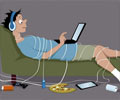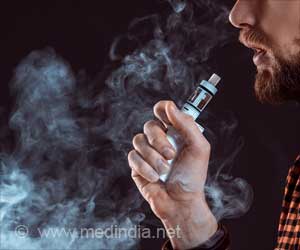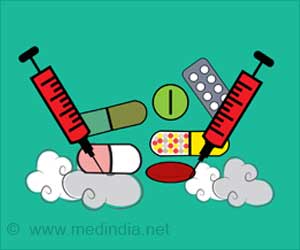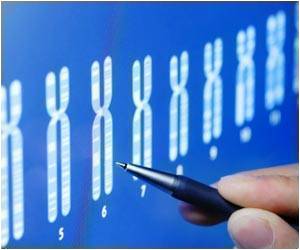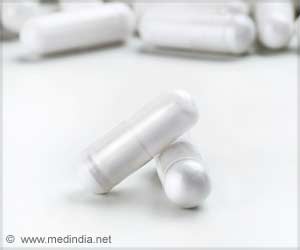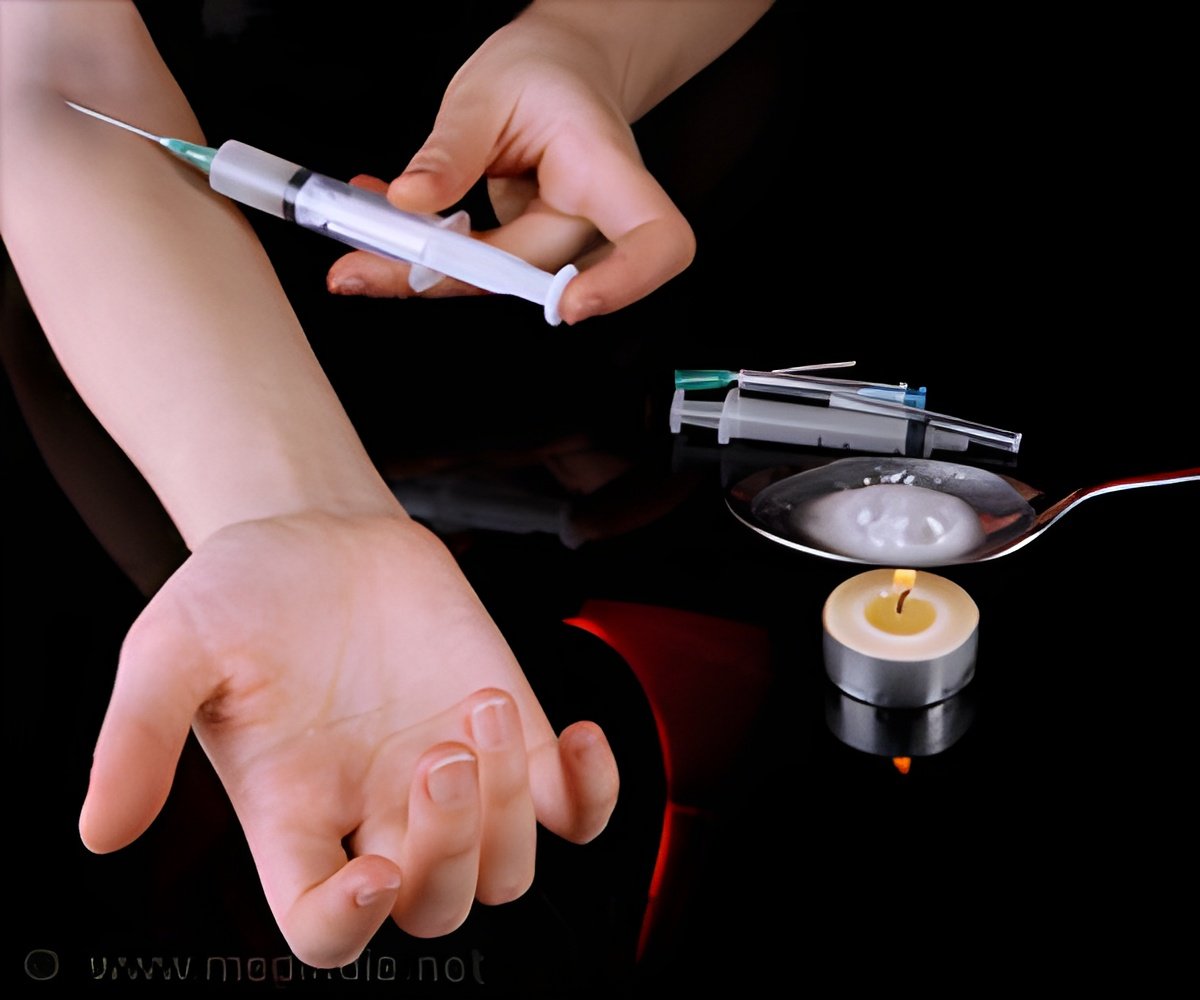
‘Deep brain stimulation (DBS) can greatly reduce the compulsion to use heroin in standard rat models of addiction.’
Tweet it Now
The treatment involves the weak electrical stimulation, via
implanted electrodes, of a brain region called the subthalamic nucleus.The study's principal investigator Olivier George, an associate professor in TSRI's Committee on the Neurobiology of Addictive Disorders, said, "This is the type of preclinical evidence that one needs, in order to start testing this strategy in humans."
"These results also suggest new insights into the neurocircuitry of heroin addiction," said co-author George F. Koob, who headed the Committee during the study and is currently on leave from TSRI to direct the National Institute on Alcohol Abuse and Alcoholism at the National Institutes of Health.
DBS of the subthalamic nucleus is already used to treat symptoms of Parkinson's disease and a separate movement disorder known as "essential tremor."
Scientists still don't fully understand what the subthalamic nucleus does in the brain, but it apparently can modulate not only the abnormal muscle activity of movement disorders, but also compulsive behaviors. Researchers have noted, for example, that DBS of the subthalamic nucleus in Parkinson's patients can reduce compulsive gambling and shopping.
Advertisement
In the new study, published recently as an advance online paper in the journal Neuropsychopharmacology, George and his team used a model of heroin addiction in which rats are allowed to self-administer heroin by pressing a lever, for 12 hours per day over a two-week period. In this model, the rats normally increase their intake and show various other signs of addiction. When their access to the drug is restored after a two-week abstinence period, they rapidly re-escalate their intake.
Advertisement
In the study, however, only the control rats who received no DBS stimulation re-escalated their intake after the period of abstinence. The DBS-treated rats kept their intake stable at a low level.
When the researchers switched off the DBS for two days, the treated rats resumed a normal pattern of escalating heroin intake. "It was really like an on-off switch," George said. "Then two days later we turned it on again and their intake came back down."
In a second model in which rats are given shorter exposures to heroin, DBS-treated animals again had significantly lower intakes compared to untreated rats. Other experiments demonstrated that the treated rats had markedly less motivation for heroin, giving up more quickly when having to press a lever many times to obtain more of the drug.
Overall the DBS-treated rats were just as active as control rats, indicating that the treatment didn't work simply by reducing physical activity.
Prior tests of the effects of DBS on compulsive behaviors have generated conflicting results and interpretations. But George's team examined measures of neuronal activity during DBS and concluded that the treatment in this case worked by forcing a net reduction in the activity of the subthalamic nucleus. Several regions that lie "downstream" from the subthalamic nucleus also showed signs of reduced activity with DBS treatment.
One of these regions is the nucleus accumbens shell, which is involved in creating the senses of "liking" and "wanting" something pleasurable, and has long been considered part of the brain circuitry that maintains addiction. "It's interesting that with this new technique we can actually inhibit the nucleus accumbens shell from a distance," George said.
"We think that deep brain stimulation can be a useful non-drug intervention for treatment of addiction," added Carrie L. Wade, a postdoctoral research associate in the George Laboratory during the study, now at the University of Minnesota.
George noted that the intensity of the DBS used in the study was much lower than what is used for treating movement disorders, and so is unlikely to impair normal movement. "We think the low intensity of stimulation will affect only the emotional, motivational part of the subthalamic nucleus and not the part that's involved in controlling muscle movements," George said.
Source-Eurekalert




